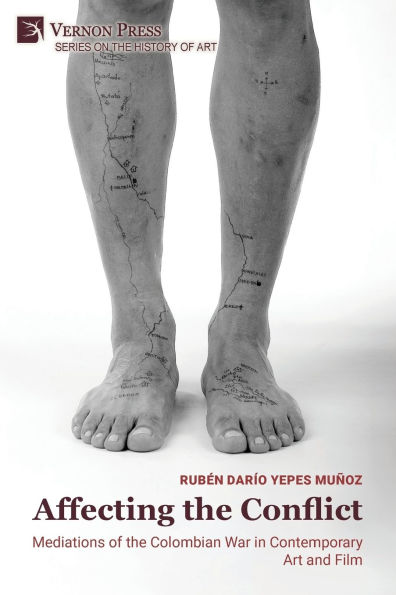This book focuses on the art and films produced between the years 2002 and 2017 in relation to the Colombian armed conflict. It asks the following questions: How have contemporary art and film addressed the Colombian conflict? What are the contributions of these forms of visual culture to the memorialization of the armed conflict and the overcoming of its negative legacies? The main goal is to understand the ways in which contemporary art and film contribute to the historical and social transformations that Colombian society needs to undertake if it is to move beyond the violence and trauma of an internal war that has gone on for over fifty years and produced at least six million victims. The main claim is that the artworks and films in question mediate the conflict rather than represent it. In other words, they bridge the distance between their urban audiences and the predominantly rural conflict. Paying heed to the "affective turn" of the humanities and social sciences, the book also claims that this mediation consists, first and foremost, an affective engagement with the conflict's history, events, and victims. This affective engagement counters the apathy toward and removal from the conflict that has predominated in Colombian urban sectors. Thus, the singularity of this book lies in the fact that it studies a topic that has not been adequately addressed within English-speaking academia, as well as in its cross-media and interdisciplinary scope. Moreover, it is noteworthy for the originality of its approach and, especially, its attention to affect.
This book focuses on the art and films produced between the years 2002 and 2017 in relation to the Colombian armed conflict. It asks the following questions: How have contemporary art and film addressed the Colombian conflict? What are the contributions of these forms of visual culture to the memorialization of the armed conflict and the overcoming of its negative legacies? The main goal is to understand the ways in which contemporary art and film contribute to the historical and social transformations that Colombian society needs to undertake if it is to move beyond the violence and trauma of an internal war that has gone on for over fifty years and produced at least six million victims. The main claim is that the artworks and films in question mediate the conflict rather than represent it. In other words, they bridge the distance between their urban audiences and the predominantly rural conflict. Paying heed to the "affective turn" of the humanities and social sciences, the book also claims that this mediation consists, first and foremost, an affective engagement with the conflict's history, events, and victims. This affective engagement counters the apathy toward and removal from the conflict that has predominated in Colombian urban sectors. Thus, the singularity of this book lies in the fact that it studies a topic that has not been adequately addressed within English-speaking academia, as well as in its cross-media and interdisciplinary scope. Moreover, it is noteworthy for the originality of its approach and, especially, its attention to affect.

Affecting the Conflict: Mediations of the Colombian War in Contemporary Art and Film (B&W)
252
Affecting the Conflict: Mediations of the Colombian War in Contemporary Art and Film (B&W)
252
Product Details
| ISBN-13: | 9798881902513 |
|---|---|
| Publisher: | Vernon Press |
| Publication date: | 06/10/2025 |
| Series: | History of Art |
| Pages: | 252 |
| Product dimensions: | 6.00(w) x 9.00(h) x 0.53(d) |
